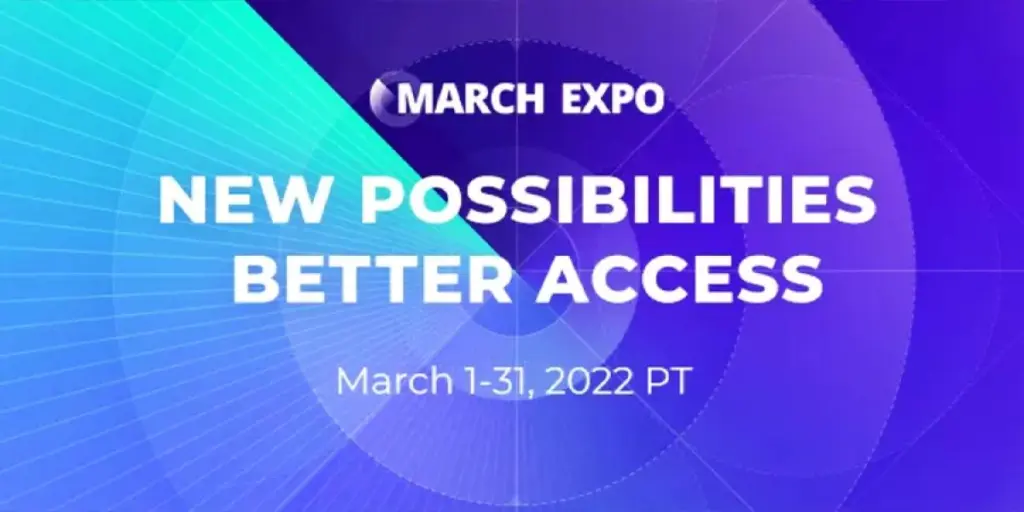Quantum mechanics has been around for over 120 years. From the double-slit experiment to Schrödinger’s cat thought experiment, it has always been considered one of the most mysterious and complex laws of physics.
American theoretical physicist Richard Feynman once said: “If you think you understand quantum mechanics, you don’t understand quantum mechanics.”
Although quantum mechanics seems distant from us, its development is rapid: In 2016, China successfully launched the “Micius” quantum science experiment satellite; in 2022, the Nobel Prize in Physics was awarded to three scientists for their contributions to “quantum information science.”

Recently, Google has also made significant progress in the field of quantum mechanics, described as a “milestone” innovation.
Hartmut Neven, founder and head of Google’s Quantum AI team, announced in a blog post the launch of their latest quantum chip “Willow,” claiming it paves the way for large-scale quantum computers.
In the article, Neven stated that this chip “has the most advanced performance in many metrics” and “achieved two major accomplishments”:
- First, Willow increased the number of “qubits” (105) and “significantly” reduced errors;
- Second, Willow completed its latest “random circuit sampling (RCS) benchmark test” in under 5 minutes.

To understand these groundbreaking achievements, we need to grasp how quantum computers and quantum chips work.
A core concept of quantum mechanics is “superposition,” which means a quantum system can exist in multiple states simultaneously. Quantum computers leverage this superposition to create “quantum bits (Qubits),” the fundamental units of computation in quantum computers.
Unlike binary bits in classical computers, qubits can be in a “superposition” of both 0 and 1 at the same time. This state allows quantum computers to process multiple computational paths or states simultaneously, making them faster and more efficient than classical computers for solving certain complex problems.

Additionally, there is a special relationship between qubits called “quantum entanglement”: when qubits are entangled, the state of one qubit will immediately affect the state of another, regardless of the distance between them.
Thus, by knowing the state of one qubit, we can infer the states of other qubits, enabling information transfer. This feature makes quantum computers more effective at sharing and transmitting information when tackling complex problems.
However, the state of qubits is very fragile and easily disturbed by external environments (such as temperature, vibration, electromagnetic interference), leading to the loss of quantum information, a phenomenon known as “quantum decoherence.” Due to entanglement, errors can propagate from one qubit to others, affecting computational capability.
Moreover, because qubits tend to rapidly exchange information with their environment, it is challenging to protect the information needed to complete computations. Typically, the more qubits a quantum computer uses, the more errors occur, making the entire system more likely to revert to a “classical system.”

However, according to Hartmut Neven, Google’s researchers introduced a new “quantum error correction” method that allows the Willow chip to reduce more errors as more qubits are used, with the error rate decreasing exponentially.
Hartmut Neven mentions that this historic achievement in the field is known as “below threshold,” which means reducing errors while increasing the number of qubits. Hartmut Neven also emphasizes that since Peter Shor introduced quantum error correction in 1995, this has been an extremely challenging task.
Therefore, “below threshold” demonstrates “real progress in error correction,” and Willow is the first system below threshold, indicating the possibility of building ultra-large quantum computers. This research result was also published in the journal “Nature.”

The article mentions that Willow completed the Random Circuit Sampling (RCS) test, described as “the most difficult classical benchmark test on quantum computers to date,” in just 5 minutes. Hartmut Neven states that Willow’s latest results are “the best so far.”
In contrast, the world’s fastest supercomputer would take 10^25 years to complete the RCS, a time span that exceeds the age of the universe (approximately 13.8 billion years).
Random Circuit Sampling (RCS) is a method used to evaluate the performance of quantum computers. The core idea is to use a quantum computer to execute randomly selected quantum gate operations, generate random quantum states, and then sample and measure these quantum states.
RCS was first proposed by the team of Hartmut Neven, which states that it is now the “universal standard in the field.”

It is worth mentioning that in 2019, Google claimed that its quantum processor “Sycamore” could complete in three minutes a calculation that the world’s fastest supercomputer would take ten thousand years to finish, emphasizing that their research team had achieved “quantum supremacy.”
IBM disputed Sycamore’s test results, and the term “quantum supremacy” also sparked considerable controversy, despite Google’s insistence that it was merely an “artistic term.” Subsequently, Google has tried to avoid using this term, instead stating that they have achieved “beyond classical computing.”
Additionally, IBM and Honeywell generally use the term “quantum volume” to describe and quantify their quantum computing devices in their quantum mechanics research, a concept that Google does not use at all. The lack of a unified standard makes it difficult to compare competing products.

Hartmut Neven mentions that quantum technology has applications in collecting AI training data, developing new energy vehicles, and discovering new drugs.
Hartmut Neven also looks forward to the next goal of Google’s quantum mechanics research: to complete a computation that is both “relevant to practical programs” and “impossible for classical computers to achieve,” truly making it “useful” and “beyond classical.”
Source from ifanr
Disclaimer: The information set forth above is provided by ifanr.com, independently of Chovm.com. Chovm.com makes no representation and warranties as to the quality and reliability of the seller and products. Chovm.com expressly disclaims any liability for breaches pertaining to the copyright of content.




